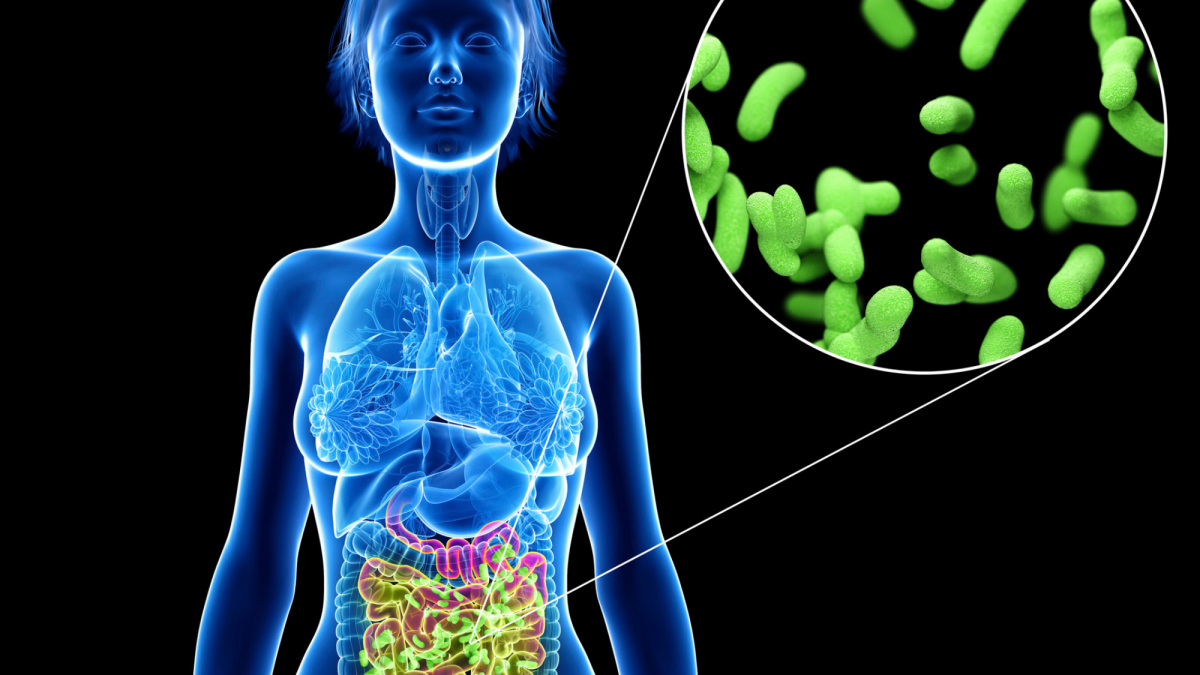Glycemic index aids in healthy gut

Cucur Jagung Sedap | Dari Dapur Fendi Bersama Beras Primera
August 17, 2023
Role of the glycemic index to appetite and satiety: An approach for weight management
August 18, 2023By Dr Satvinder (UCSI University)
Glycaemic index has gained much attention over the years due to its ability to control blood glucose levels especially among pre-diabetic and diabetics. Various research in the past demonstrated that glycaemic index could help ameliorate blood glucose levels by controlling its spike after meal intake. Hence, a low glycaemic index diet would allow a gradual release of insulin and ultimately allow gradual blood glucose release. Glycaemic index foods are categorized into 3 different categories namely low (1-55), moderate (56-69) and high (70 and higher). Selecting low glycaemic index foods or tailoring meal plans to consist of low glycaemic index values have shown promising results to metabolic health outcomes. The role of glycaemic index is well established for weight management, glucose and lipid metabolism and appetite regulation. Choices of carbohydrate foods in one’s diet would influence the glycaemic value of dietary intake and its metabolism in the gastrointestinal tract. Carbohydrate plays a key role in establishing healthy gut microflora environment.
Role of gut microflora
Digestion of carbohydrate-based foods differs from one individual to another mainly due to individual’s respective gut microflora. An individual’s gut microflora differs due to various lifestyle reasons. However, dietary component could play an important role in designing the gut environment. Therefore, one person may have a better glucose control despite consuming similar diet composition. As glycaemic index foods are largely carbohydrate-based foods attributing to its dietary fibre content, a low glycaemic index food would be more desirable due to its high dietary fibre content. Fibre in food generally can’t be digested by the human gastrointestinal tract. Its role in gut health is mainly to help soften stools through fluid retention and allow smooth movement along the gastrointestinal tract. Hence, it moves gradually in the gastrointestinal tract and aids in bulk formation. Through its movement, bulk is formed for defecation.
Gut microbiota research has shown potential therapeutic pathways to manage metabolic diseases. Its conclusive that diet components play a strong role in gut health and it can help to improve metabolic conditions such as diabetes. Inclusion of more low GI foods could offer benefit in increasing Ing the gut microbiota due to dietary fibre content. In addition, these foods could also play an imperative role in reducing incidences of gut related disorders such as irritable bowel syndrome (IBS). Gut health is strongly linked to reducing metabolic conditions due to its role in dietary fats absorption, making short fatty acids (SCFA), improving glucose and lipid metabolism. These pathways help in improving energy metabolism and utilization in the gut area. Short chain fatty acids are largely produced in the large intestine area and its play important role in several important physiology functions such as reducing inflammation and improving immune system function.
The colon area, which is part of the large intestine that is colonized by good bacteria, benefits from a diet low in glycaemic index due to presence of beneficial bacteria. A diet incorporating lower glycaemic index food showed the presence of higher good bacteria in the gut. The benefit of this to human health is that it aids in weight reduction, fasting blood glucose and good control of insulin response over time. The presence of friendly and pro-health bacteria in the gut assist to bring positive metabolic outcome by promoting lower inflammation in the body. Recent gut microbiota research showed the role of harmful bacteria present in the gut could lead to the development of type 2 diabetes. Therefore, reducing its impact by colonizing the gut via introduction to various low glycaemic index foods could help to reverse this.
Low glycaemic index diet
In addition, a diet low in glycaemic index is often one with higher dietary fibre intake. This is an important component to help improve bowel movements in older adults and children. Older adults and children often suffer from constipation issues due to their dietary choices and fluid intake. Constipation is often viewed as a major discomfort and a barrier to enjoying meals. It may happen at various phases and its management and intervention is important to provide good quality of life. Older adults and children are more exposed to this due to their physiological changes too. Therefore, managing changes in fluid consumption and dietary fibre are both important to improve constipation symptoms. As low glycaemic index foods are also loaded with dietary fibre, it would assist in bowel movement and bulk formation. The presence of dietary fibre helps in ensuring stool formation remains soft until defecation and this reduces pain associated with constipation. Introducing a staple food with high dietary fiber can be viewed as one strategy to achieve improvement of dietary glycaemic index and extends to gut health benefit. Our dietary intake not only increases risk of diseases through direct pathways, but it can also emerge from indirect pathways such as negative gut environment. Thus, inclusion of low glycaemic index foods such as red rice can help to bring a good balance to gut microbiota by introducing variety of carbohydrate foods. Red rice allows better digestion and improves bowel movement as compared to normal white rice attributed by its low glycaemic index properties. Therefore, the benefit of consuming a low glycaemic index food extends to gut health. All in all, it would also aid in relieving certain adverse gut symptoms such as constipation among high-risk population.
In addition, alteration in gut hormones was also observed among individuals consuming a diet lower in glycaemic index. Scientific studies showed the types of carbohydrate in an individual’s diet for example, choices of different bread types, can influence the release of different gut hormones that is responsible for digestion and metabolism. Food manufacturing and production provides the differences in glycaemic value of a particular food through its composition difference. The unique difference that distinguishes this is the dietary fibre component that various among different grain products. Therefore, alternative to improve dietary glycaemic index is by replacing staple food such as rice with a lower glycaemic option such as red rice. Through this, improvement in gut health can also be seen over a long consumption period.





